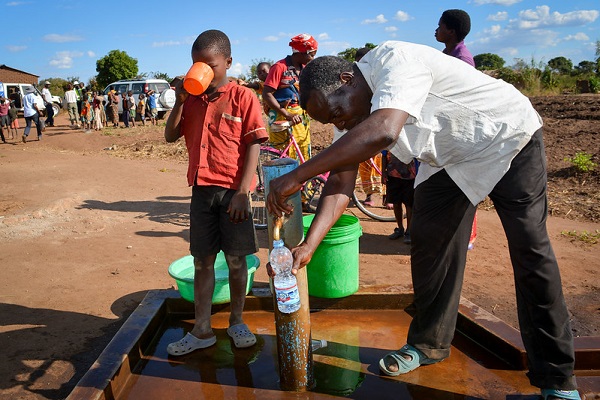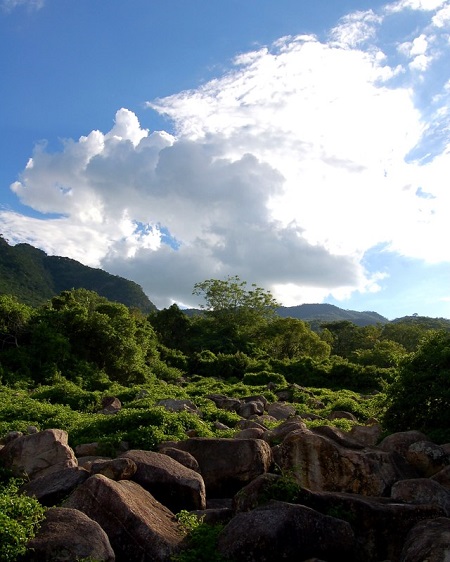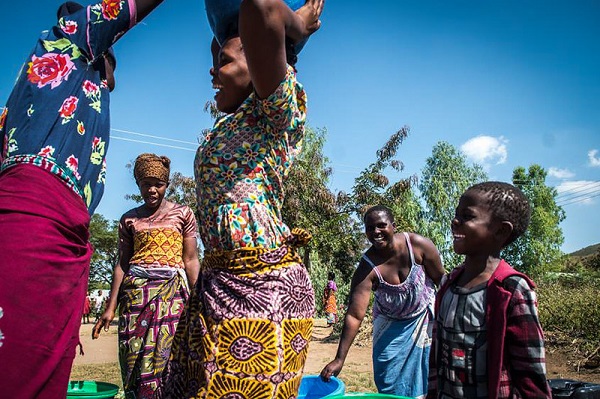Forest landscape restoration by 2030: where does progress stand on Malawi’s ambitious goals?
In 2017, Malawi began putting its newly-created National Forest Landscape Restoration Strategy into practice. The strategy aims to use the restoration of forest landscapes to accomplish many social and environmental goals, including boosting food security; increasing climate resilience; and conserving and restoring biodiversity. With the strategy in place, Malawi hopes to restore about 4.5 million hectares (ha) of its 8 million ha of deforested land by the year 2030.
The strategy has put many activities in place to achieve this ambition. They include:
- reinforcing landscape governance by strengthening local bylaws for the use and management of trees and other natural resources,
- expanding communication and outreach to share information broadly about restoration techniques and benefits,
- mobilising a nation-wide forest restoration movement,
- ensuring increased socioeconomic benefits accrue to communities and individual households investing in implementing restoration,
- mainstreaming integrated landscape management approaches and supporting the implementation of forest restoration in development programmes at all levels.
In terms of delivery, familiar names like ‘National Forestry Season’ and ‘Own a Forest Initiative’ come in, together with various donor-funded projects like Modern Cooking for Healthy Forests.
During the 2020/2021 National Forestry Season, which was launched by President Lazarus Chakwera, 60 million trees were targeted to be planted of which 56 million was actually planted, representing 93 percent.

Image: preserving forest also helps with water flows: Malawi (UNDP)
A step-change in coordination
We spoke to Tangu Isabel Tumeo, Programme Officer for IUCN and Principal Forestry Officer at the Department of Forestry on the status of progress toward the forest restoration goal. She explained that interventions that were recommended in the assessment report: such as conservation agriculture, tree planting ‘everywhere,’ and restoration of river banks are all ongoing.
Critically, Ms Tumeo stressed, there has been a step change in coordination among stakeholders to reach the national goal. Previously, she said, there was no coordination of efforts among stakeholders: each was just doing what they thought they could. Little information sharing was done. This ended up with the diffusion of confusing messages to communities.
However, with the National Forest Landscape Restoration Strategy in place, focus has been on coordination of efforts and working together. “For forest landscape restoration to work, we are looking to build a movement, to improve working with each other, targeting the most degraded [land],” she said.
However, the journey is not an easy ride. As efforts are being scaled up to ensure total restoration, the urban demand for charcoal is setting efforts back. Corruption from enforcement agencies and officials just worsens the situation.
To deal with the urban demand for charcoal, Ms Tumeo said the Modern Cooking for Healthy Forests project is: working with the private sector and with Government to scale-up adoption of alternatives to illegal and unsustainably produced charcoal; is working with Government to improve regulation and enforcement; and, is working with a wide range of journalists and civil society partners to increase the frequency, quality and impact of information, awareness, advocacy and behavioural change communications to support broad-based change in the public mindset.
Ms Tumeo noted: “For us to get to 4.5 million ha [of degraded land and forests to be restored] by 2030, we need to close all leakages presented before us, one of them being on charcoal production.
“For me, the biggest job that MCHF has, and we are planning through MCHF work, is to influence behaviour change, because even as we talk about increasing costs of alternatives (even before raising cost of alternatives last year), the willingness to use alternative fuels is still lowe. Part of this should be the government commitment to make sure we achieve this. We are talking about removing taxes from gas and from equipment for example” that delivers cleaner cooking.
Healthy forests offer diverse benefits
Ms Tumeo is optimistic that with a concerted effort to address these barriers, and the continued coordination of all stakeholders, the forest restoration goals will be achieved. MCHF is setting up a National Forest Monitoring System and progress on forest landscape restoration will be traced with this system.
“I would encourage everyone to look at forest land restoration not as a forest or tree issue, but as a livelihood, climate change, food security, gender, and land tenure issue. If we don’t restore our degraded agricultural land, then water and firewood will continue to be very far away from people’s homes. So building the movement, improving coordination among implementers, putting in place the enabling conditions to be able to implement forest land restoration will be very vital.”
“Everyone has a role to play as there are multiple benefits that come out of forest landscape restoration. We can create jobs because there are multiple opportunities. It’s something that should be looked at as all-encompassing.”

Image: Michiru reserve, Malawi (DJ Cockburn)
Tuning in to community knowledge
One of the biggest lessons learned so far from implementing the strategy has been that community needs and capacities are different everywhere, across Malawi’s diverse socio-cultural landscape. And to make the most of partnerships between national and local governments, traditional authorities, private sector actors and community members, everyone should adopt a listening ear. “If you really were to look at it critically, you would find the communities are way, way ahead of us technocrats sitting up here in offices,” Ms Tumeo remarked.
An example is that many communities are implementing landscape restoration interventions. “They say: we are doing and we have done this before. You hear this when you talk to communities,” she laughed. “The communities are there already; they just need an extra push to come from us – and for us to coordinate at the landscape level to achieve transformed landscapes and livelihoods.”

Image: 'Malawi adapts' (UNDP)
Hear Tangu Tumeo speak at Global Landscapes Forum-Africa next week
Ms Tumeo will moderate a session at the Global Landscapes Forum - Africa on 2-3 June 2021. The event is completely online and registration for Africans is completely free. Her event is on the afternoon of 2 June. Malawi's honourable Minister for Forestry and Natural Resources Nancy Tembo will also address the Global Landscapes Forum - Africa at a separate virtual event earlier on the afternoon of 2 June, on the subject of "Launching the GEF-7 Dryland Sustainable Landscapes Impact Program: Catalyzing transformation – scale – sustainability".
Article by Emmanuel Chirwa (CEPA) with additional reporting by Mairi Dupar (ODI)
